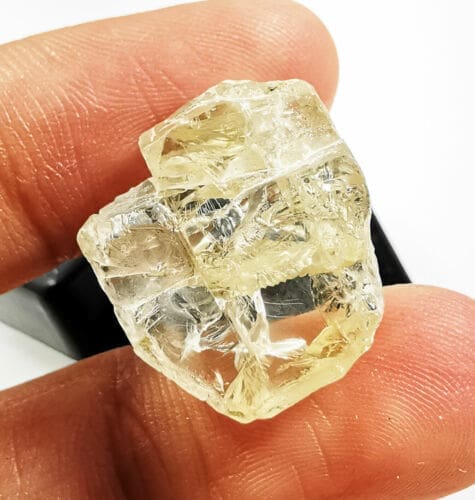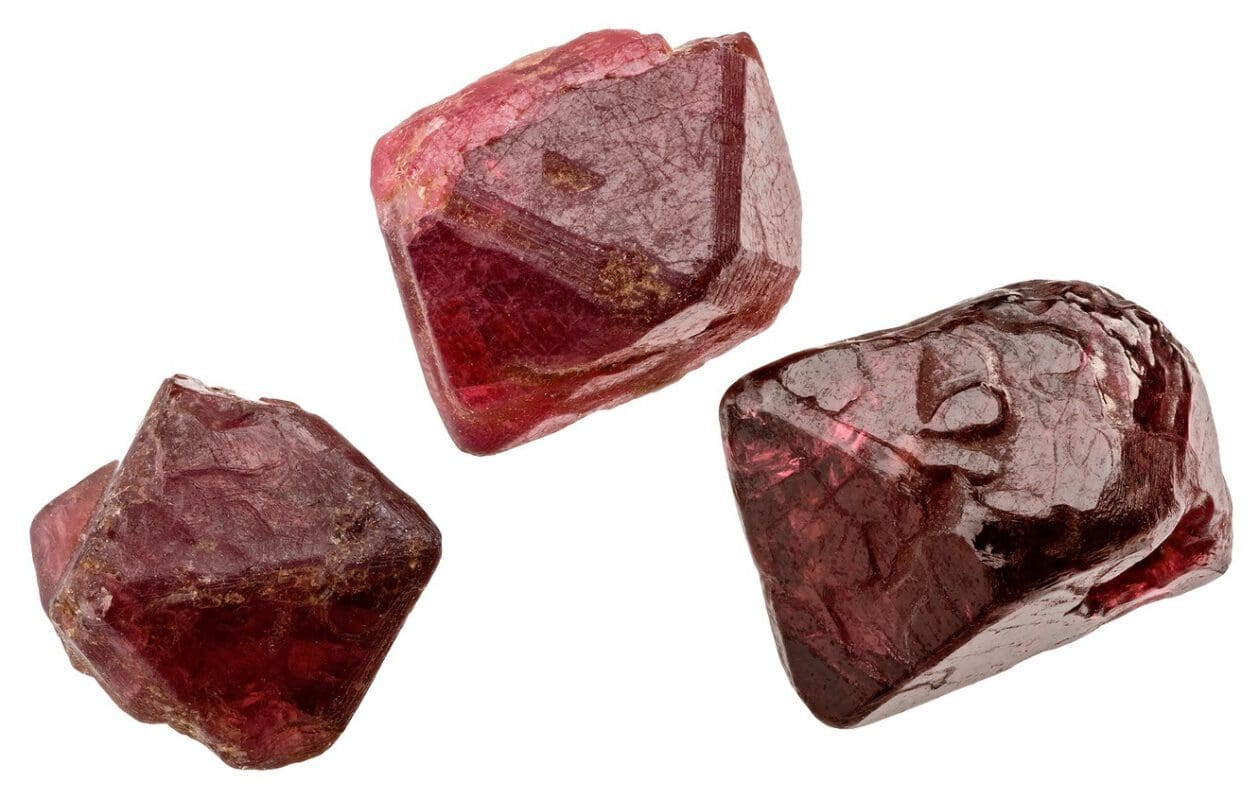Gold is a precious metal that has been sought after for thousands of years. It is prized for its beauty, rarity, and ability to withstand corrosion. But where does gold come from? How is it formed and distributed throughout the earth? And how is it extracted and processed? In this article, we will delve into the geology of gold to answer these questions and more.
The formation of gold
Gold is thought to have formed in supernova explosions that occurred several billion years ago. These massive stellar events release a vast amount of energy, which can fuse lighter elements together to form heavier ones. It is believed that gold, along with other heavy elements such as platinum and silver, was created in this way and then scattered throughout the universe.
On earth, gold can be found in two main types of deposits: lode deposits and placer deposits. Lode deposits, also known as primary deposits, are the result of gold-bearing minerals being deposited by hydrothermal fluids. These fluids, which are rich in dissolved gold and other minerals, are formed when hot magma comes into contact with water. As the fluids cool and solidify, the minerals they contain are deposited in cracks and fissures in the rock.
Placer deposits, on the other hand, are formed when gold is separated from its host rock and is carried away by water or wind. This can happen when a lode deposit is eroded and the gold is released into a stream or river, where it is then carried downstream and deposited in a new location. Placer deposits are often found in the form of gravel beds or sandbars in river valleys.
The distribution of gold
Gold is found on every continent on earth, although it is most commonly found in the form of lode deposits in areas with a high concentration of volcanic and sedimentary rocks. Some of the most famous gold-producing regions include the Witwatersrand Basin in South Africa, the Carlin Trend in Nevada, and the Super Pit in Western Australia.
However, gold can also be found in smaller amounts in a variety of other rocks and minerals. For example, it is often associated with quartz, which is a common mineral found in many types of rock. Gold can also be found in trace amounts in certain types of soil, as well as in seawater.
The extraction of gold
Once a gold deposit has been identified and is ready to be mined, there are several methods that can be used to extract the gold. The most common method is cyanide leaching, which involves using a solution of cyanide to dissolve the gold from the ore. The gold is then recovered from the solution by a process called adsorption, in which the gold is adsorbed onto the surface of activated carbon.
Another method that is sometimes used is heap leaching, which involves stacking the ore in a heap and then sprinkling a leaching solution over the top. As the solution seeps through the heap, it dissolves the gold, which is then recovered using the same adsorption process as in cyanide leaching.
Once the gold has been extracted, it is usually refined to remove any impurities. This is typically done by melting the gold and then allowing it to solidify in a mold, which forms a bar or ingot. The gold can then be sold as a bullion product or used in the manufacture of jewelry, coins, or other products.
Conclusion
Gold is a fascinating and highly sought-after precious metal. It is formed in supernova explosions and can be found in two main types of deposits on earth:
lode deposits and placer deposits. While it is most commonly found in areas with a high concentration of volcanic and sedimentary rocks, it can also be found in trace amounts in other materials.
The extraction of gold from its ore is a complex process that involves the use of chemicals and specialized techniques. Once extracted, the gold is refined to remove impurities and can be used in a variety of applications, including jewelry, coins, and other products.
Overall, the geology of gold is a fascinating subject that reveals the complex processes that have shaped our planet and the precious metal that has captivated humans for centuries. From its formation in supernova explosions to its extraction and refinement on earth, gold is a truly unique and valuable substance.



